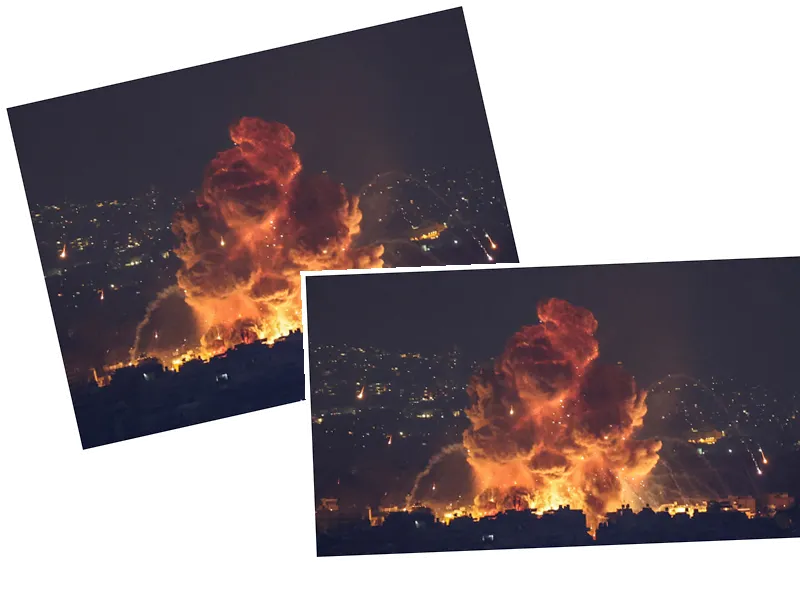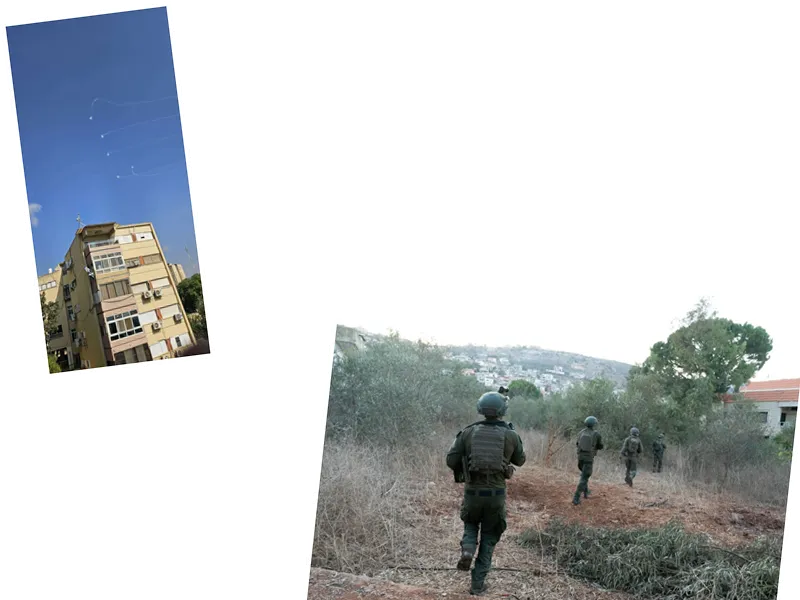Escalating Conflict in Southern Lebanon
The ongoing conflict in Southern Lebanon has intensified as Israeli airstrikes continue to target the southern suburbs of Beirut. Reports indicate that on October 6, 2024, the Israeli military conducted multiple raids, causing widespread panic and forcing residents to flee their homes. The strikes, particularly in neighborhoods like Hagia Theresa and Bourj al-Barajneh, have left significant destruction in their wake, flattening buildings and sending plumes of smoke into the sky. As the situation deteriorates, many Lebanese citizens are seeking refuge in safer areas, while others are huddling in shelters to escape the relentless bombardment.
Impact on Daily Life and Economy
The ramifications of the Israeli attacks extend beyond immediate safety concerns, affecting the daily lives of the Lebanese population. Many shops and businesses are suffering from a drastic decline in sales, with reports indicating that some areas have seen a drop of up to 80%. The owner of a popular restaurant in Beirut's Hamra district expressed concerns about food supply lines, as many suppliers are based in the southern regions now under siege. Additionally, educational institutions are grappling with the challenges of distance learning amidst the chaos, leaving students like Nader Ismail and Lynn Nasser struggling to adapt to a new reality marked by uncertainty and fear.
The Broader Humanitarian Crisis
As the conflict escalates, the humanitarian situation in Lebanon worsens. Over 1.2 million people have been displaced due to the violence, with many seeking shelter in government schools and makeshift accommodations. The United Nations has reported that around 900 shelters are currently full, highlighting the urgent need for humanitarian assistance. The ongoing violence has not only led to physical destruction but has also instilled a sense of terror among the population, particularly affecting the younger generation who are now forced to navigate life under the shadow of war.






